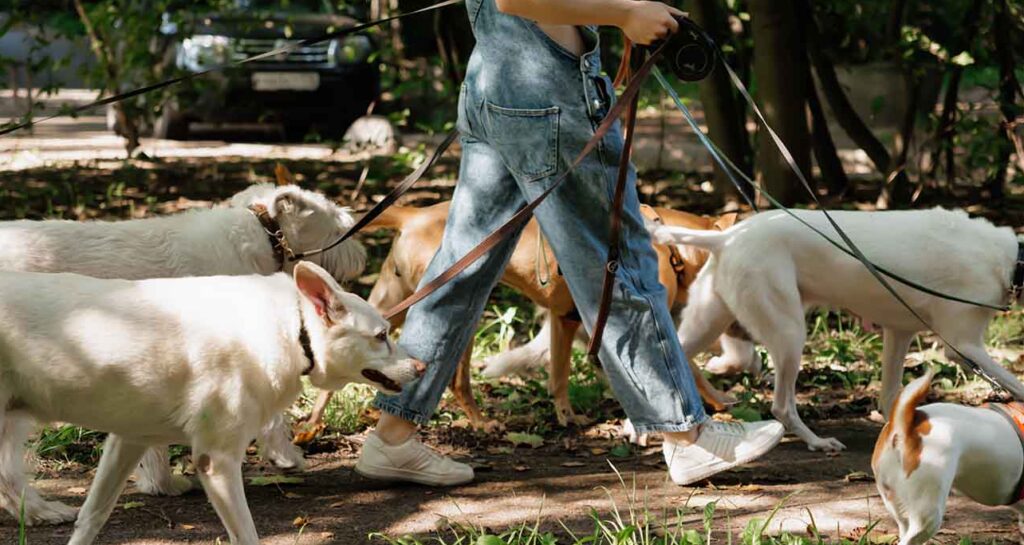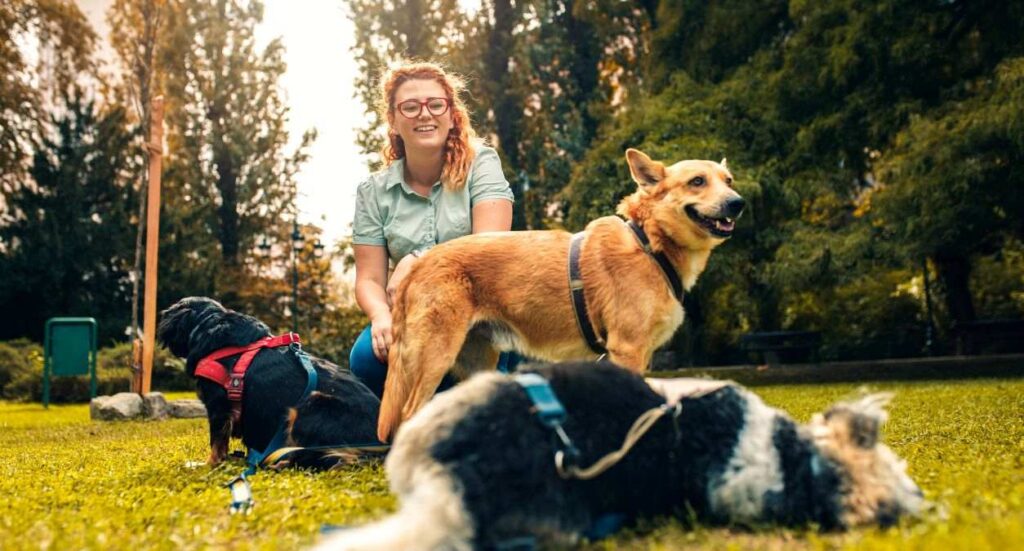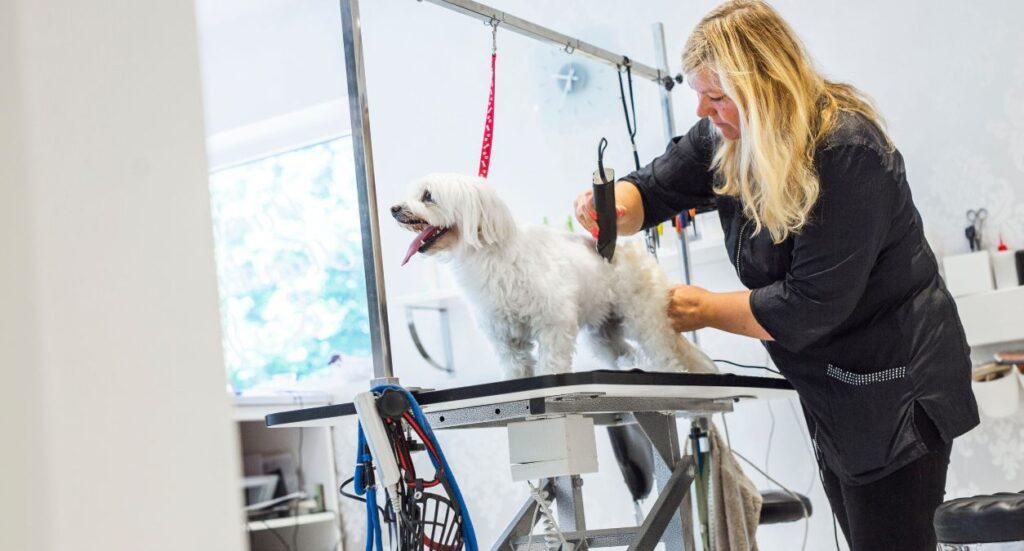As a dog walker, you might think a friendly handshake is enough to seal the deal with clients—but trust me, it’s not. Whether you’re walking one dog occasionally or managing a full list of regulars, a written contract is essential. It protects you financially, keeps expectations crystal clear, and safeguards your reputation when things don’t go as planned.
From payment disputes and last-minute cancellations to liability issues if a dog causes damage or gets injured, a contract acts as your safety net. It shows clients you’re professional, builds trust, and ensures you’re fairly compensated for your time and effort. Let’s break down what your contract should include to make every dog walking arrangement smooth and stress-free!
Why bother with a dog walking contract?
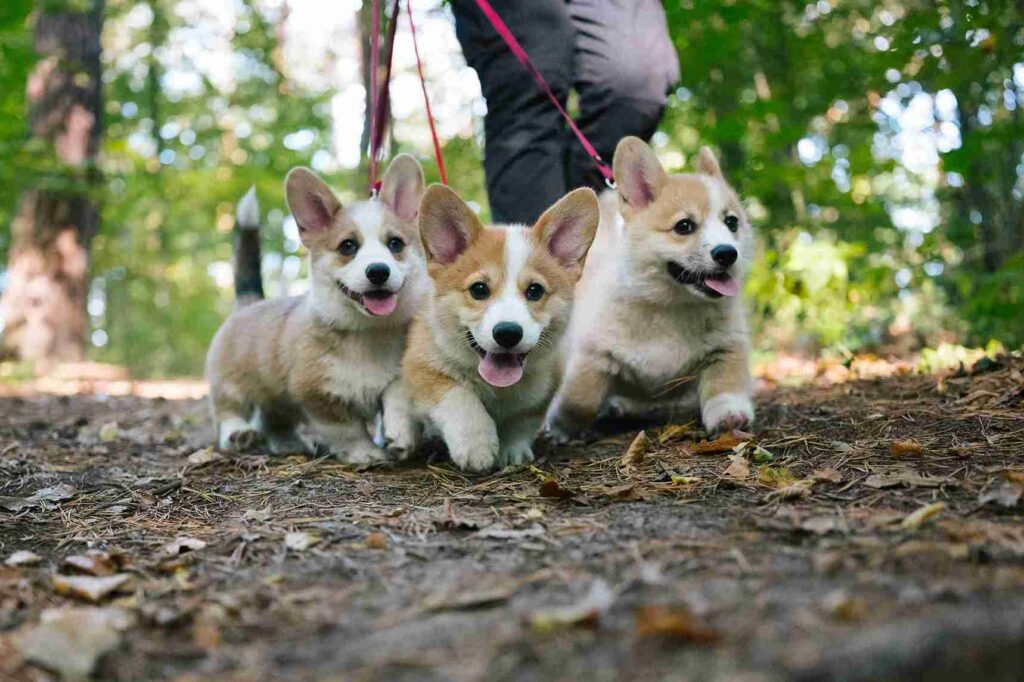
You might think a friendly chat and a handshake are enough, but the truth is, having a dog walking contract is about so much more than a quick walk around the block. It sets the foundation for a smooth, professional, and drama-free experience.
Here’s why a contract is an absolute must—and some real-life examples to show why it matters.
Legal Protection
Accidents happen. A contract can cover your back if something goes wrong. It’s like having a safety net for both you and your walker.
Dogs are unpredictable, and even the best-behaved pooch can cause an unexpected incident. A contract acts like a safety net, outlining who’s responsible if something goes wrong.
Here are a few scenarios where this could save the day:
- If the dog injures another pet or person during a walk, the contract can clarify whether the owner’s pet insurance covers such situations or if the walker needs their own liability insurance.
Without a written agreement, you’re relying on verbal promises, which don’t hold much weight in legal disputes. A well-crafted contract ensures everyone knows their rights and obligations, avoiding costly misunderstandings later.
Clear Expectations
No more confusion over who’s doing what, when, or how much it costs. It’s all there in black and white.
Misunderstandings are the bane of any arrangement, and dog walking is no exception. A contract lays out the who, what, where, when, and how of the service, so there’s no room for confusion.
- The owner might expect you to take their pup on an hour-long, off-lead run in the park, while the session was planned for a 30-minute stroll around the block on a lead. The contract eliminates these mismatched expectations by specifying the walk duration, location, and style.
- Payment issues can also arise. Suppose you expect weekly payments, but the owner assumed it was monthly. A clear contract can specify how and when payments are made.
This clarity prevents those awkward, “Wait, we didn’t agree to that” moments and keeps the relationship running smoothly.
Accountability
Everyone knows their role, so there’s less chance of mix-ups or, let’s be honest, awkward arguments. A dog walking contract creates a shared understanding that holds both parties accountable.
- If the owner fails to leave the dog’s lead and harness out as agreed in the contract, the walker isn’t left scrambling or blamed for delays.
- If the walker skips a scheduled walk without notice, the owner has the written terms to fall back on when discussing compensation or service continuity.
Accountability works both ways and keeps everyone honest. It’s about mutual respect and ensuring the dog gets the care they deserve.
Professionalism
A contract shows that dog walking isn’t just a casual side gig—it’s a serious service. For owners, it reassures them that their pet is in reliable hands. For walkers, it establishes them as trustworthy professionals who value clear communication and quality care.
- Imagine a walker who hands over a printed contract outlining their services, rates, and emergency protocols. The owner immediately feels reassured that this person knows what they’re doing and can be trusted with their beloved pet.
- On the flip side, an owner who insists on a contract demonstrates they’re a responsible pet parent who respects the walker’s time and effort.
Professionalism builds trust, which is essential for a happy working relationship. After all, a dog walker isn’t just taking a pet for a stroll—they’re being entrusted with a member of the family.
Flexibility for Extras
Life doesn’t follow a set schedule, and dog care often needs a little extra flexibility. A good contract can make it easy to add or adjust services without any drama.
- Say the owner suddenly needs weekend walks or an extra service like feeding the dog after the walk. A contract can include an add-on clause, so the walker knows how to handle these requests—and what to charge.
- Maybe the walker notices the dog’s nails are getting too long or they need a bath after muddy walks. The contract could allow for these additional services to be offered with clear terms.
Having this flexibility in writing saves time and avoids endless back-and-forth. It also keeps the working relationship adaptable to changing needs.
The must-haves in your dog walking contract
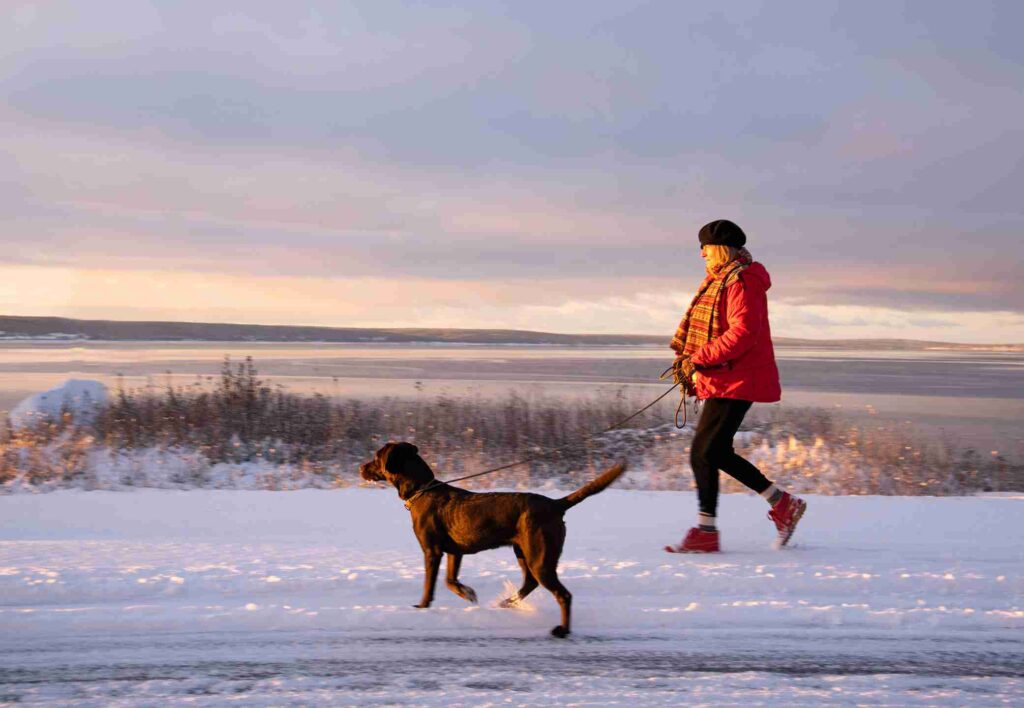
Let’s dive into the nuts and bolts. Here are the key bits every dog walking contract should include:
1. Contact Info
Get the basics sorted:
- Full names, addresses, and phone numbers for both parties.
- Emergency contacts—because you never know when you might need them!
2. All About the Dog
Make sure the walker knows your furry friend inside and out:
- Name, breed, age, and size.
- Any quirks, like “hates cyclists” or “loves rolling in mud.”
- Medical conditions, allergies, or dietary needs.
3. What’s Included in the Walks
Spelling out the details avoids those “Oh, I thought you meant…” moments:
- How often and how long the walks will be (e.g., “30-minute walks, five days a week”).
- Where the walks will happen—park, local area, or somewhere else?
- Any extras, like feeding, playtime, or administering medication.
4. Money Matters
Nobody likes talking money, but it’s important:
- How much you’re paying, how often, and how you’ll pay (cash, bank transfer, etc.).
- What happens if you’re late paying or cancel last minute.
- Refund policies if a walk doesn’t happen—who’s footing the bill?
5. Scheduling and Cancellations
Life happens, but a plan makes it less messy:
- How much notice is needed to cancel or reschedule—24 hours? A week?
- What happens if the walker can’t make it due to illness or other emergencies.
6. Liability and Insurance
This is where the “what ifs” come in:
- Who’s responsible if the dog causes damage, runs off, or gets hurt?
- Does the walker have public liability insurance? If not, you might want to look into that.
7. Emergency Plan
No one wants to think about it, but it’s better to be prepared:
- What should the walker do if there’s an emergency?
- Vet contact details and your preferred animal hospital.
8. Gear and Supplies
It might sound small, but it matters:
- Who’s providing the lead, harness, and waste bags?
- Any special equipment, like a specific training lead or booties for cold weather?
9. Health and Vaccination Rules
Keep everyone safe:
- Confirm your dog’s up to date on vaccinations and free of contagious illnesses.
- Maybe include proof of this in the contract—belt and braces and all that.
10. Dog Walking Forms
Forms? Really? Yes! They can be game-changers for staying organised:
- Pet Profile Form: Everything about your dog, from favourite treats to “don’t let him near that one cat on the corner.”
- Emergency Contact Form: Essential numbers in case of an “uh-oh” moment.
- Daily Walk Report Form: A quick note about what happened on the walk—how far, any incidents, or just a “he was an angel today!”
- Authorisation Form: Let’s the walker take your pup to the vet if there’s a real emergency.
11. Optional Add-Ons
Sometimes it’s nice to have extras available:
- Weekend or evening walks.
- Pet sitting or overnight stays.
- Grooming, training, or trips to the vet or daycare.
- Outline these in the contract with costs and terms.
12. Confidentiality Clause
If your walker needs access to your home or has your key, a confidentiality clause is a good idea. It keeps private stuff private—simple as that.
13. Termination Clause
If things aren’t working out, what’s the process for ending the agreement? Include a notice period so everyone’s on the same page.
14. Signatures
Finally, both parties need to sign and date the contract.
Other things to think about

A solid dog walking contract should cover more than just the basics. To make sure everything runs smoothly—even when the unexpected happens—here are a few additional points to think about. These might seem minor at first glance, but they can save a lot of stress down the line.
Back-Up Plans
Life happens. You could get sick, take holidays, or face emergencies just like anyone else. It’s important to have a plan in place for those days when you become unavailable. Addressing this upfront in the contract can prevent last-minute panic.
- Include a Backup Walker: Do you have someone they trust to step in when needed? If so, make sure this person is introduced to the owner and dog beforehand.
- Owner as the Backup: If no replacement walker is available, will the owner step in? Agreeing on this from the start avoids confusion.
Having this contingency spelled out means your dog won’t miss out on their daily walks, even if something unexpected happens.
Photo Permission
We all love adorable dog photos, but not everyone is comfortable with their pet’s pictures being shared online. If you are active on social media or use client testimonials for marketing, make sure you address this in your contract.
- Permission to Share: Confirm owners are happy for you to post snaps of your pup, you can specify that in the contract.
- Opting Out: If they’d prefer to keep things private, that’s fine too. Just include a clause that politely states no photos of your dog should be shared online.
This small detail can prevent awkward conversations or misunderstandings later.
Behavioural Issues
Not all dogs are easy walkers. Whether it’s pulling on the lead, barking at strangers, or lunging at squirrels, some behaviours can make walks a bit more challenging. Including a section in the contract about managing these situations helps set realistic expectations for both parties.
- Behaviour Disclosure: Owners should be upfront about their dog’s quirks or triggers. For instance, does your dog get anxious in busy areas or react poorly to other dogs?
- What if it’s unmanageable? Agree on a plan if the dog’s behaviour becomes too difficult for the walker to handle safely. This could include:
- Pausing walks until a behaviourist or trainer is involved.
- Adjusting the route or walk duration to minimise triggers.
- Terminating the contract if the situation poses a risk to the walker, the dog, or others.
By addressing this early, you create a safer environment for everyone involved.
Get Pet Business Insurance from Protectivity
*Disclaimer – This blog has been created as general information and should not be taken as advice. Make sure you have the correct level of insurance for your requirements and always review policy documentation. Information is factually accurate at the time of publishing but may have become out of date.
Last updated by








